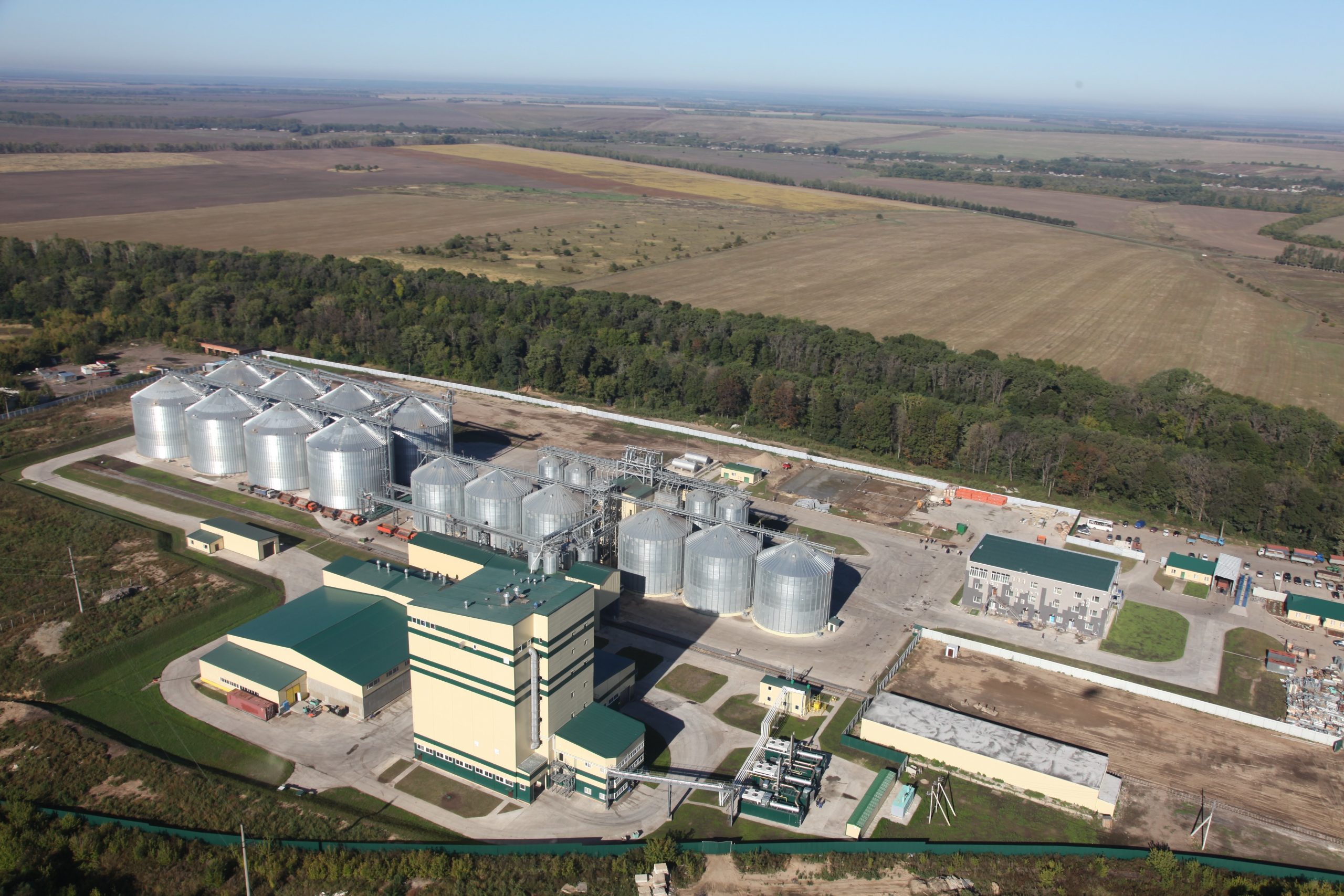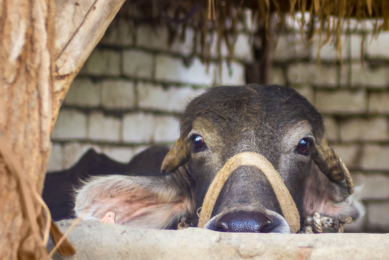A glimpse at the future of Russian feed

Russia’s State Statistical Service has estimated that in 2016, Russia produced 26 million metric tonnes of feed. But the real figure is closer to 39-40 million metric tonnes. Russian feed experts share some insights into the main drivers for growth in Russia.
The real figures of the Russian feed industry are not fully available, stated Nadezhda Orlova, the general director of the country’s consulting agency Abercade, at a Russian feed seminar in April.
Feed production figures kept under the radar
This is because a significant volume of feed is produced at (legal) feed mills that prefer to not register a part of their production volumes. These products are also sometimes released by agricultural holdings for their own needs and not registered officially. Operating in the shadows allows manufacturers to avoid taxation and at least a part of sanitary control.
Exact Russia feed volumes are unclear
The exact volumes are unclear, and so is the feed value. The Russia’s statistical agencies are not estimating the combined value of feed produced within the country, but according to Abercade, the value amounted to US$ 9.7 billion In 2016. Orlova said that this figure is indicative as long as various estimations assess the volume of production that manufacturers are not registering. Nevertheless, the feed sector is growing. By 2021 Russia will add capacities for the production of 5.6 million metric tonnes of feed with the total value of US$ 5.3 billion, reaching 31.6 million metric tonnes in total, Orlova forecasted. By this time the real market’s size should amount to 45-50 million metric tonnes or US$ 15-20 billion. Although the Russian feed sector seems to grow and become more transparent, the quality is still an issue. This is mainly because the ratio of grain inclusion still remains very high, up to 70% out of the overall feed composition. In the European Union, grain inclusion does not go beyond 45-50%. The country’s feed mills also failed to overcome the import dependence on the various components, such as high-protein products, microbiological additives and biologically active substances, Orlova said.
Pig feed production tops growth chart
If we look more into the animal species, we see that over the last years, the poultry sector has been the main driver for overall animal feed demand. But in the coming years, the situation will be different, according to Abercade. They forecast a rise in pig feed production by 32% between 2016 to 2021. For poultry feed an increase of 18% is expected and for cattle feed the growth will only be 4%.

ProZerno: “Figures too optimistic”
However, Vladimir Petrichenko, head of the consulting agency ProZerno, thinks that these percentages are a bit too optimistic. “This year, the Russian feed industry will only be able to add only 0.5 million metric tonnes, reaching 26.5 million metric tonnes in total (instead of the 27 million metric tonnes estimations by Abercade). It is also unlikely that the industry will be able to reach the 31.6 million metric tonnes by 2021. This is because our domestic livestock market is very close to the threshold of self-saturation and with the minimal quantities of products delivered for export, there is no room for further growth in production performance,” Petrichenko said.
Feed production growth reliant on investment plans
This will mean that the growth in livestock numbers, and hence animal feed, will probably be lower. But it also depends on the investment plans of the country’s largest agricultural holdings, which are also the largest manufacturers of feed. Abercade estimated that the vertically integrated structures today account for 85% of all feed manufactured in the country, while the private feed mills that are not included in any business groups and supplying the feed products to the open market, make up the rest of the volume (15%). The Agroinvestor’s list of largest feed manufacturers in Russia released in mid April 2017 indicated that the top 20 feed producers have manufactured 12.6 million metric tonnes of feed in 2016. This is almost half of the entire industry’s production performance. The leader is Cherkizovo with 1.6 million metric tonnes, followed by Miratorg (1.55 million metric tonnes) and Prioskolie with 1.3 million metric tonnes.

State aid to secure growth
Kharon Amerkhanov, head of the feed department in Russia’s Agricultural Ministry, said at the same feed conference in April that the industry is steadily increasing production performance thanks to the rising demand. In 2016, Russia manufactured 14 million metric tonnes of meat and poultry in liveweight, and with the current market trends in place, by 2020 the industry should add nearly 1 million metric tonnes of production volumes. After several years of stagnation, the dairy industry should also increase production indicators, driving the rise in demand for feed, Amerkhanov said. He also stated that the production performance of livestock is increasing, due to several governmental programmes that are in place. “This will lead to a rising demand of the feed market and by 2025 the Russia’s meat and milk industry will need at least 38 million metric tonnes of feed for stable operation,” he said. The country’s government is also putting a lot of effort into securing this growth and encouraging feed mills to increase production performance. The Agricultural Ministry now allocates subsidies for 77 investment contracts, to boost new feed producing capacities with the overall value of Rub 22 billion (US$ 350 million). The volume of state aid from the federal budget on these contracts reaches Rub 5 billion (US$ 80 million). Amerkhanov did not comment on the fact that many feed mills do not register their feed production. And often, governmental officials stay away from this discussion.
Good harvest is beneficial
In the meantime, Russia has seen a record-breaking harvest for 2 years running. This is beneficial for the supply of the feed mills. The industry took advantage of the good harvest last year, when it harvested about 100 million metric tonnes, but this season the volume of production is expected to reach new heights of some 116 million metric tonnes, including 67-68 million metric tonnes of wheat and 15 million metric tonnes of corn.
According to Petrichenko, the price for the feed wheat should be around Rub 6,300 – 6,500 per metric tonne (US$ 110-115) and this is a comfortable price for the feed manufacturers. In addition, the grain stocks from last season are also reaching 22-23 million metric tonnes and this is believed to be the highest figure ever. In this context, feed mills can take advantage of the low prices for raw materials, but according to Petrichenko this factor will not contribute to the significant growth in production performance. But the low prices of raw materials also presents a flipside, as feed manufacturers don’t have incentives to search for alternative raw materials. “Intensification of feeding technologies with the focus on the improvement of efficiency and reduction of the volume of grain used in the formulation is something that the Russian feed sector can improve itself and I see that as the main directions for development in Russia,” concluded Orlova.











